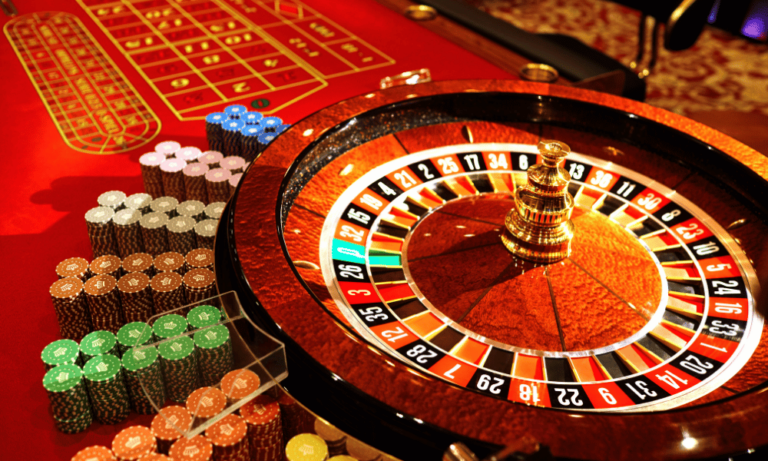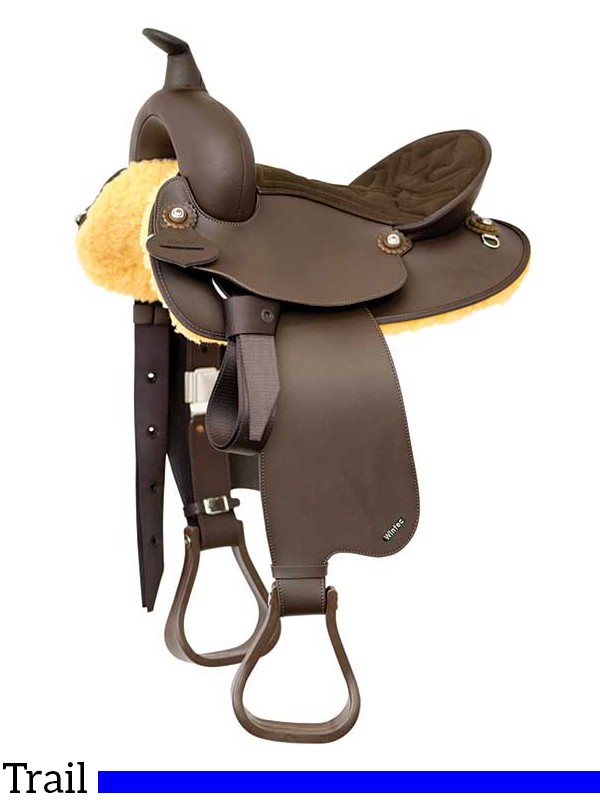Cleaning, Maintaining, and Caring for Your Artificial Sports Turf

Artificial sports turf has become increasingly popular in the world of athletics due to its durability, consistency, and low maintenance requirements. However, while artificial turf may not require the same level of care as natural grass, proper cleaning, maintenance, and care are still essential to ensure its longevity and optimal performance. This essay delves into the importance of these practices and offers practical tips for managing artificial sports turf effectively.
First and foremost, regular cleaning is paramount for preserving the quality and safety of artificial sports turf. Artificial turf requires manual intervention to remove dirt, debris, and other contaminants. Sweeping or raking the surface regularly helps prevent the buildup of debris and ensures proper drainage. Additionally, using specialized equipment such as turf brushes or vacuum systems can effectively remove dirt and maintain the turf’s appearance and functionality.
Furthermore, proper maintenance of artificial sports turf involves addressing issues such as compaction and infill displacement. Over time, foot traffic and other activities can cause the infill material (typically sand or rubber) to settle, leading to uneven surfaces and reduced shock absorption. Periodic grooming and decompaction with specialized equipment help redistribute the infill and restore the turf’s resilience. Additionally, adding infill as needed helps maintain the turf’s performance and longevity.
Moreover, maintaining adequate moisture levels is essential for the health and performance of artificial sports turf. While artificial turf does not require watering like natural grass, proper irrigation is still necessary to prevent dust buildup and ensure a safe playing surface. Sprinkler systems or manual watering can be used to rinse the turf periodically and remove contaminants. However, it’s crucial to avoid overwatering, as excessive moisture can promote microbial growth and cause unpleasant odors.
In addition to cleaning and maintenance, proactive care measures can help extend the lifespan of artificial sports turf. Regular inspections allow turf managers to identify and address issues such as seam separation, tears, or other damage before they escalate. Repairing damaged areas promptly helps prevent further deterioration and ensures the safety of athletes and users. Additionally, implementing a routine brushing schedule helps keep the turf fibers upright and evenly distributed, enhancing playability and appearance.
Furthermore, proper grooming and care extend beyond the playing surface to include the surrounding areas such as walkways, sidelines, and spectator areas. Regular maintenance of these areas helps create a safe and inviting environment for athletes and spectators alike. This includes tasks such as edging, weed control, and debris removal to maintain a clean and well-manicured appearance.
Conclusion
The cleaning, maintenance and upkeep of artificial sports turf is critical to ensuring its longevity, performance and safety. By implementing regular cleaning procedures, addressing compaction and fill displacement issues, maintaining appropriate moisture levels, performing proactive inspections and repairs, and overall facility maintenance, turf managers can create the best playing surface for athletes while enhancing the overall experience for everyone involved.
While artificial turf may offer advantages in terms of durability and low maintenance, it still requires attention and care to perform optimally. As a trusted artificial grass manufacturer, CCGrass has developed a full service system to meet the highest customer satisfaction through consulting, site design, logistics, marketing and after-sales service.If you have any questions, please feel free to contact us at [email protected].




